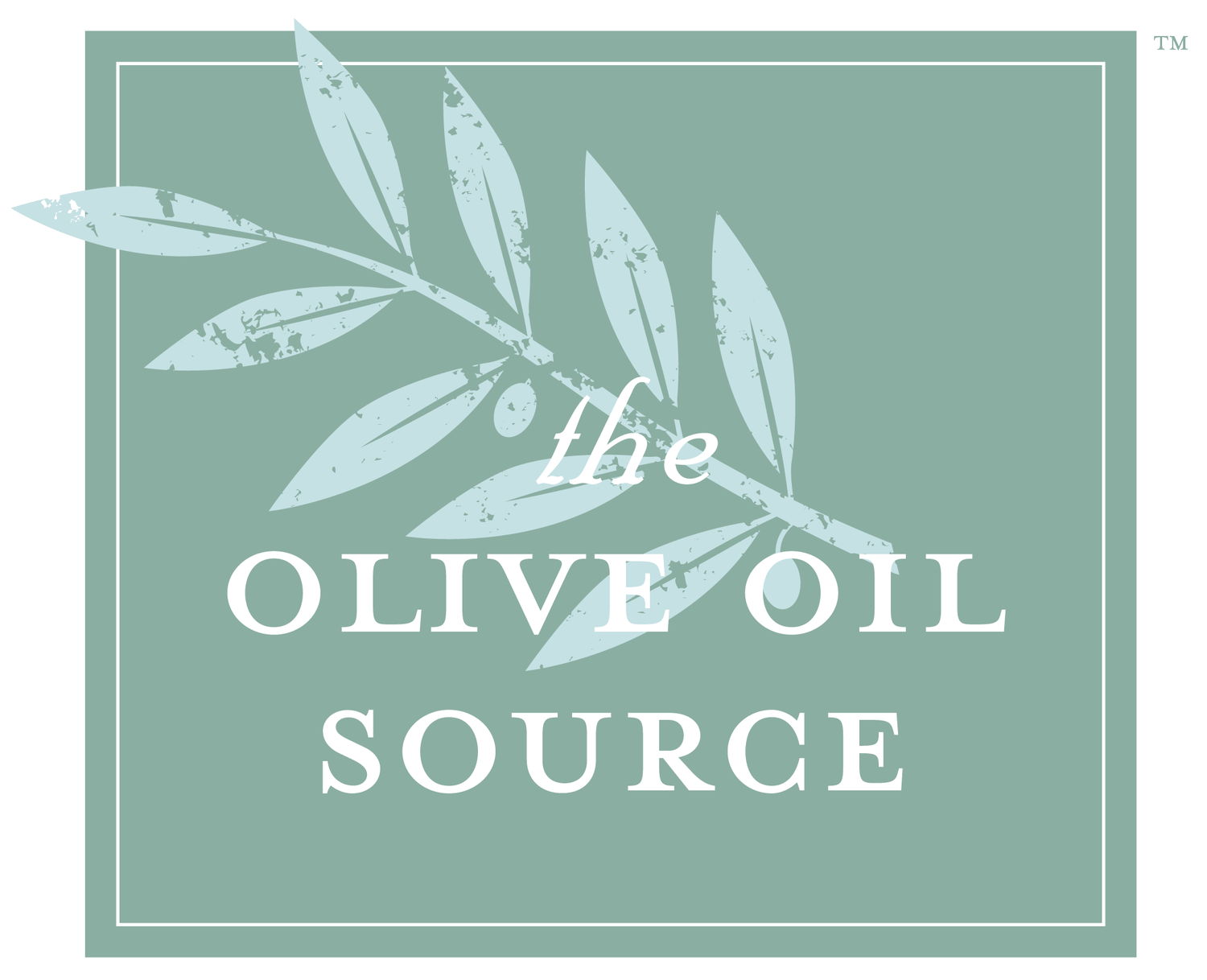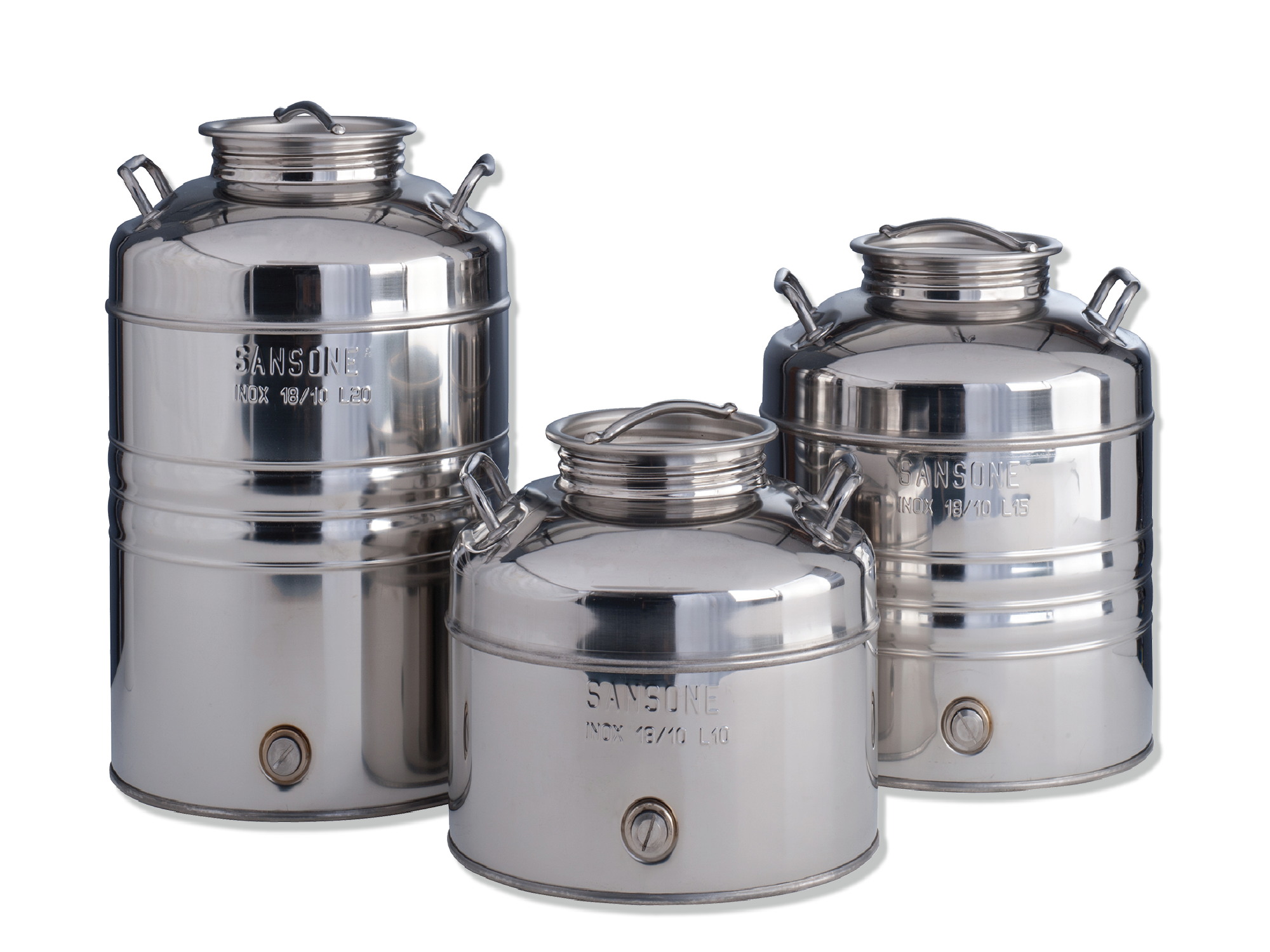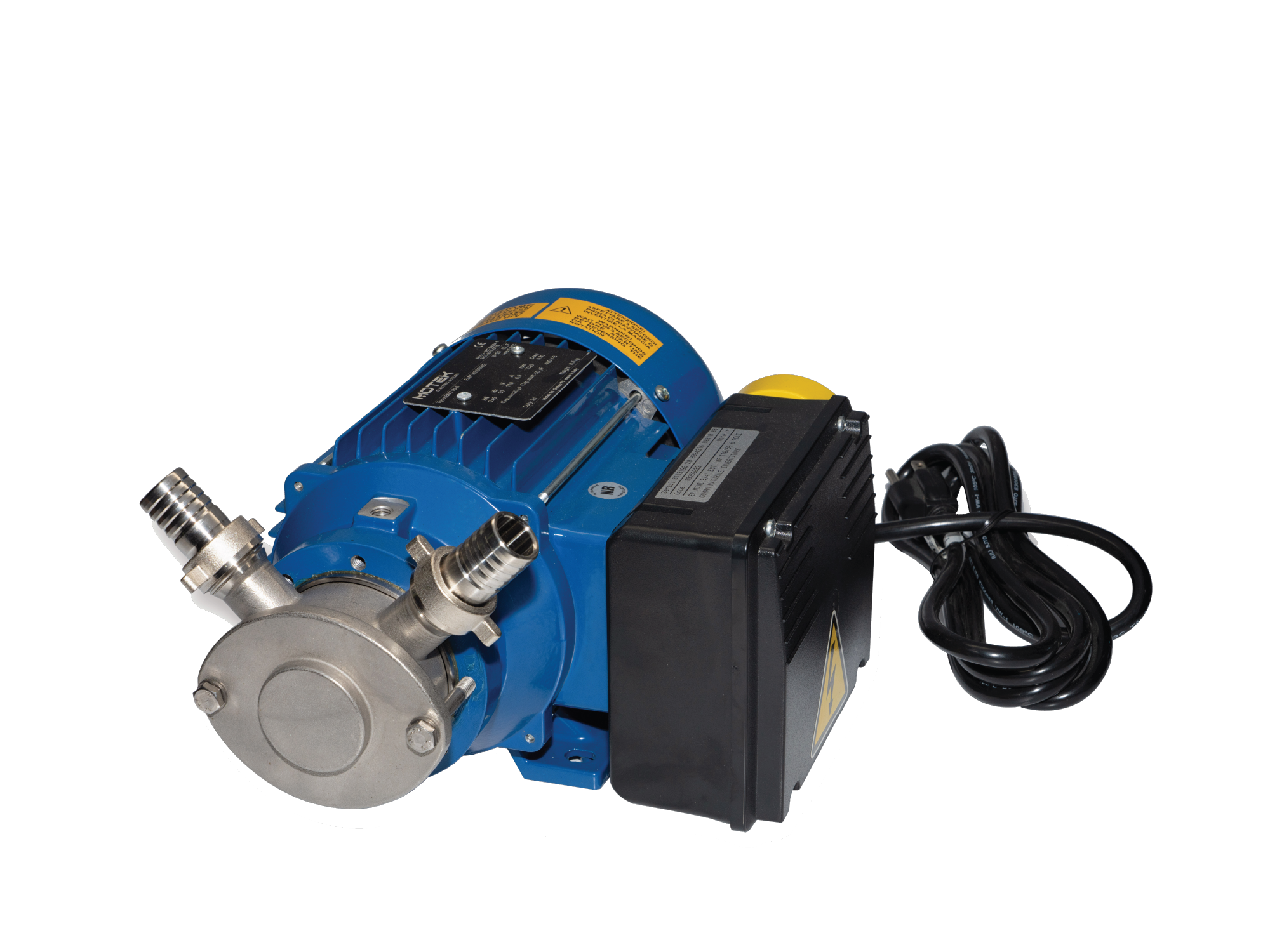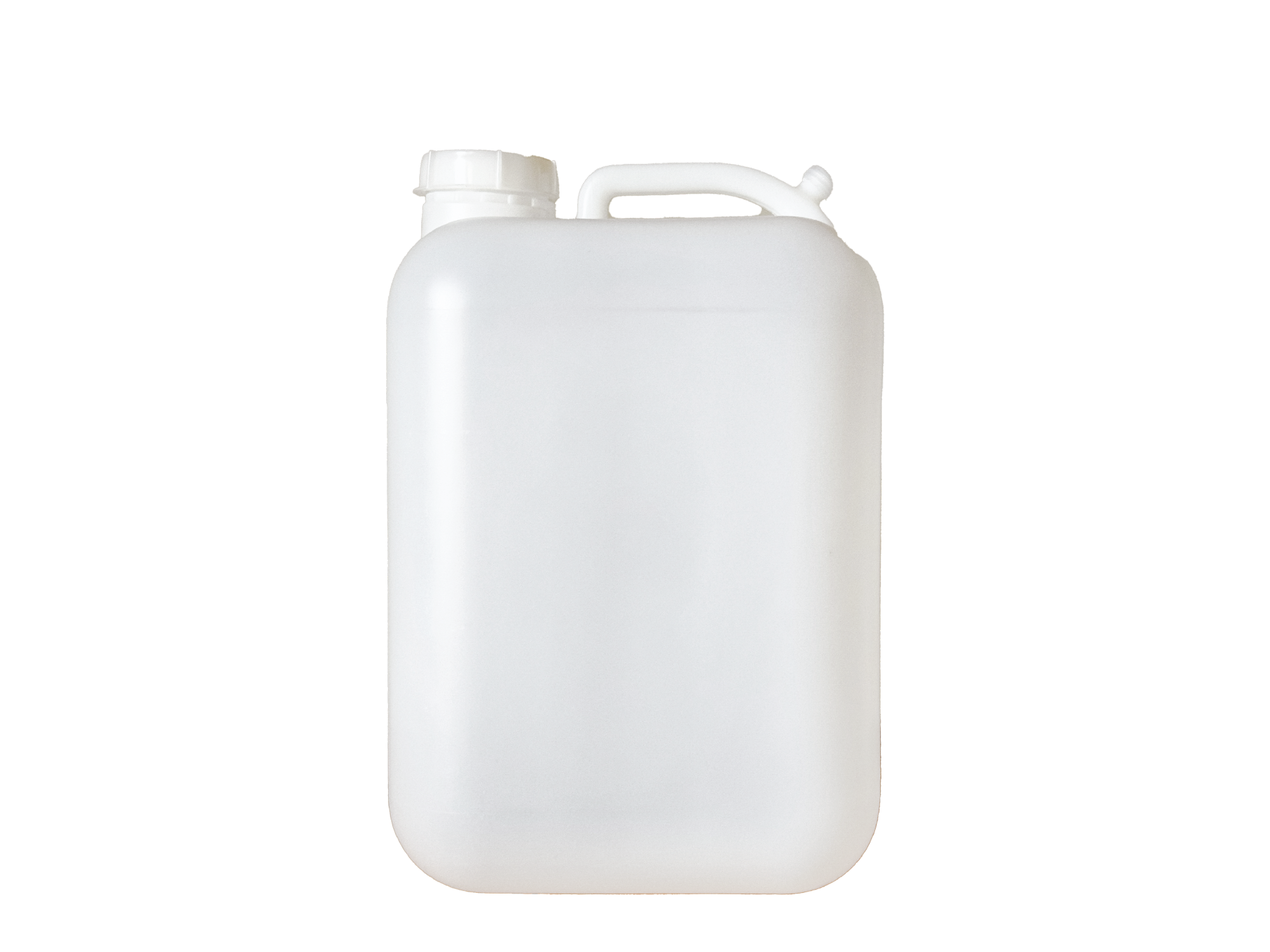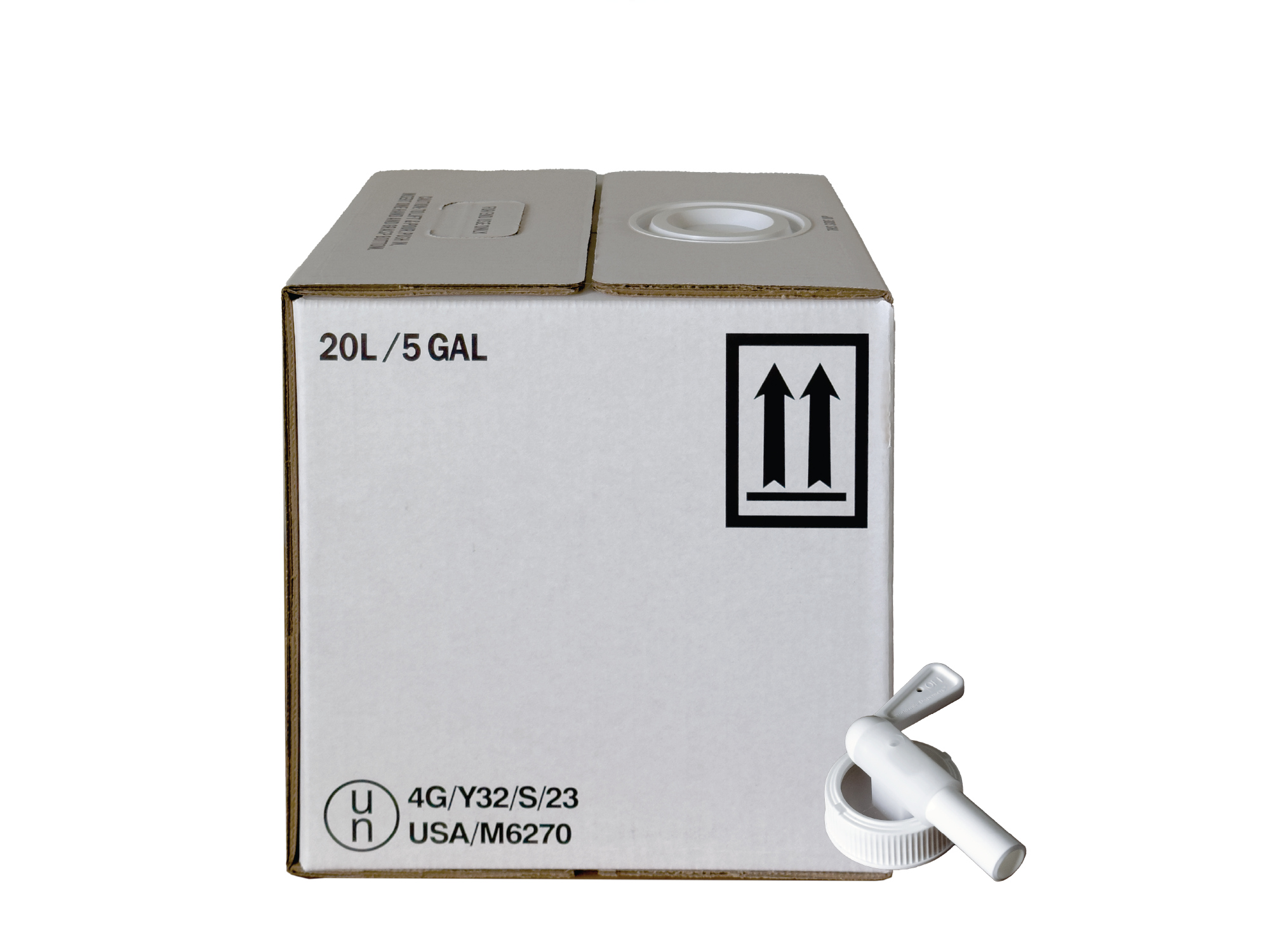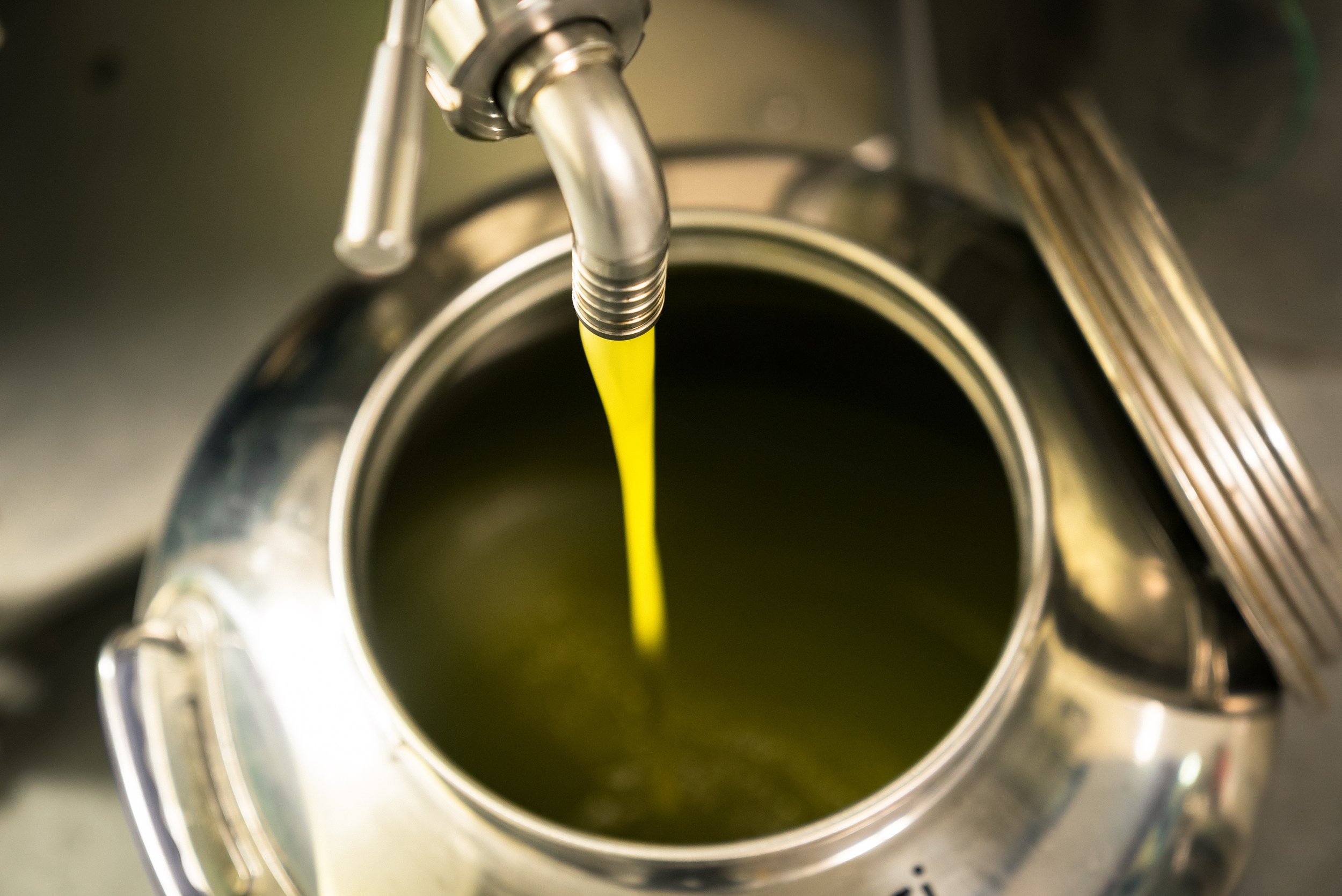
Racking Olive Oil
Racking and/or purging are critical and often misunderstood parts of the process of making olive oil. Note that although we do differentiate between the two methods below, they are often both referred to as “racking”.
WHAT IS RACKING?
In order for the olive oil to retain the highest level of quality, it should be separated from any sediment and water remaining after extraction.
There are typically two approaches:
Purging, where the sediment and water are removed from the bottom -- only possible for oil stored in tanks with an outlet at the bottom.
Racking, where the oil is pumped from the top into a clean container, leaving the sediment and water at the bottom.
Many producers find that racking is easier to do than purging and does a better separating job. It does oxygenate the oil, however, so it should always be done with as little force as possible and preferably under nitrogen or argon gas.
According to the Californian olive oil expert, Paul Vossen, oils that are not filtered should be separated, ideally purged from the bottom, after 24 hours and twice more at one-month intervals prior to bottling. If the oil is going to be kept for more than six months before bottling, it should be racked into a completely clean tank after one month of storage.
Buy Stainless Steel Tanks
~
Buy Pumps
~
Buy Plastic Containers
~
Buy Stainless Steel Tanks ~ Buy Pumps ~ Buy Plastic Containers ~
WHY IS IT IMPORTANT?
Excess sediment is not beneficial to olive oil and can result in shorter shelf life and poorer quality. It is most often the result of a hasty or poor “racking” or “purging” technique prior to bottling. How much sediment remains, if any, is a producer’s choice. In some cases, even for olive oils that have been properly racked or purged, a very small amount of remaining sediment may be in the bottom of the bottle, and while it may be unsightly, it will cause no detriment to the oil.
The exception to the recommendations above is “oleo nuovo” or “new oil”, where olive oil is bottled and sold immediately after it is made, but the trade-off for the freshest flavor comes at a price of much shorter shelf life. Even in the case of “olio nuovo”, with modern equipment, however, the amount of sediment should be minimal.
While it may seem easier to bypass the racking/purging process, improper handling at this stage will put the quality of the oil at risk. If there is a noticeable amount of sediment and water (especially if there is a visible gel or more than normal particulate matter), this can ferment in the bottle anaerobically and turn the oil fusty or give it a muddy sediment flavor, over the time frame of just a few short months.
MYTHS ABOUT RACKING AND PURGING
Does sediment in olive oil increase its health benefits? It is a myth that sediment in olive oil increases its health benefits. It is most often the result of a hasty or poor racking or purging technique prior to bottling, or to cost-cutting methods and then disguised as a purposeful and beneficial improvement to the oil.
SOURCES
This article was prepared with generous insight from Paul Vossen, University of California Cooperative Extension Farm Advisor and author of the Organic Olive Production Manual.
